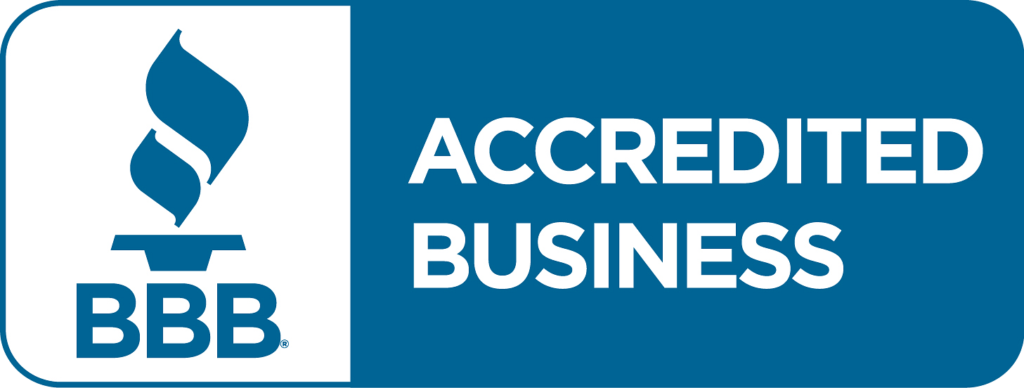Case Law: What do the Courts Say?
Both Federal Circuit and lower courts have handed out a mixed bag of cases in biotech/pharma. I will detail a few important ones below. Cases that claimed the method of medical treatment appeared to have performed better.
A significant such case was Vanda Pharmaceuticals v. West-Ward Pharmaceuticals, decided by the Federal Circuit in April 2018. The patent claimed a method of treating schizophrenia patients with a drug called iloperidone, which at high doses can cause serious and, perhaps, even fatal heart arrhythmia. A specific drug-metabolizing enzyme is lower than normal in some patients, which can cause arrhythmia at a regular iloperidone dose. The lower activity of this enzyme is due to a mutation in the genetic code of this enzyme. The claimed method specifies genetic testing of the patient to determine if the patient is a “poor metabolizer” of the drug. If so, a reduction in the dosage below the typically recommended dose is administered.
In contrast to Mayo, the majority found that this patent was not “directed to” the underlying law of nature but rather to a novel treatment method built on the law of nature. Although the case was similar to the Mayo in its essence, e.i., they tested and correlated a biomarker, the gene-enzyme-arrhythmia relationship, with the drug dose and adjusted the dose accordingly, the procedure is a lot more complicated and novel. Still, the dissenters concluded that this case claimed: “no more than an optimization of an existing treatment of schizophrenia, just as the claims in Mayo concerned ‘optimizing therapeutic efficacy of thiopurine drugs.” Id. Finally, the Federal Circuit decision was a 2-1 split in favor of the Vanda Pharmaceuticals and thought that the differences from Mayo outweighed the similarities and upheld the patent. Both the majority and dissenters were logically defensible; thus, highlighting the current uncertain state of the law, 35 U.S.C. § 101, and the consequent difficulty predicting future outcomes for the biotech companies and patent law practitioners.

In Illumina, Inc. v. Ariosa Diagnostics, Inc., No. 2019-1419 (Fed. Cir. March 17, 2020), Federal Circuit provided a similar judgment upholding U.S. patents numbers 8,580,751 and 9,738,931. Like Vanda Pharmaceuticals v. West-Ward Pharmaceuticals, in this case, the Federal Circuit provided a potential option to circumvent subject matter eligibility.
These method patents claimed the preparation of extracellular fetal DNA from maternal plasma, and the method was based on the inventor’s finding that the fetal DNA strands were in maternal plasma were relatively short as compared to the mother’s DNA strands. Because size thresholds were human-engineered parameters that balanced the practicalities of removing enough maternal DNA, the plasma is enriched with fetal DNA, allowing the enriched plasma for fetal DNA testing decided the Federal Circuit. Thus the majority concluded that the claims were not “directed to” the natural phenomenon of shorter fetal DNA strands. However, Judge Reyna dissented as he argued that the claims were directed to the natural phenomenon and contained no other inventive element sufficient enough to transform the claims into the patent-eligible subject matter.
The Federal Circuit noted that the metabolism of DPP-IV inhibitors by the liver rather than the kidney “does not make the claim ‘directed to’ that natural ability.” Furthermore, according to the Federal Circuit, since the claims were directed to a method of treatment at step one, the Court could “conclude [that] the claims are patent eligible and need not reach step two” under the two-step framework of Alice Corporation, Id. ‘931
Provided below are representative claims for further understanding of size-based enrichment of the maternal plasma:
- A method, comprising:
(a) extracting DNA comprising maternal and fetal DNA fragments from a substantially cell-free sample of blood plasma or blood serum of a pregnant human female;
(b) producing a fraction of the DNA extracted in (a) by:
(i) size discrimination of extracellular circulatory fetal and maternal
DNA fragments, and
(ii) selectively removing the DNA fragments greater than approximately 300 base pairs, wherein the DNA fraction after
(b) comprises extracellular circulatory fetal and maternal DNA fragments of approximately 300 base pairs and less and a plurality of genetic loci of the extracellular circulatory fetal and maternal DNA fragments; and
(c) analyzing DNA fragments in the fraction of DNA produced in (b).

In another case, Boehringer Ingelheim Pharmaceuticals Inc. et al. v. Mylan Pharmaceuticals Inc. et al., No. 2019-1172 (Fed. Cir. March 16, 2020), the Federal Circuit reversed a decision by the U.S. District Court for the District of New Jersey. The U.S. patent number 8,853, 156 pertaining to the method of treating diabetes-2 in rare patients, for whom routinely used metformin is contraindicated, DPP-IV inhibitor was administrated. In this case, the U.S. District Court for the District of New Jersey, under the two-step framework of Alice Corporation Pty. Ltd. v. CLS Bank International, 573 U.S. 208 (2014), concluded that the patent was directed to ineligible subject matter under 35 U.S.C. § 101.
The patent owner argued, and the federal circuit agreed that the claimed methods were directed to the treatment of a specific disease, for specific patients, using a specific compound at specific doses to achieve a specific outcome and therefore were patent subject matter eligible. The arguments and outcome were consistent with Vanda Pharmaceuticals, Inc. v. West-Ward Pharmaceuticals International Ltd., 887 F.3d 1117 (Fed. Cir. 2018). The Federal Circuit noted that the metabolism of DPP-IV inhibitors by the liver rather than the kidney “does not make the claim ‘directed to’ that natural ability.” Furthermore, according to the Federal Circuit, since the claims were directed to a method of treatment at step one, the Court could “conclude [that] the claims are patent eligible and need not reach step two” under the two-step framework of Alice Corporation.
I am providing, for better understanding, claims 1 and 10 of the ‘156 patent:
1) A method of treating and/or preventing metabolic diseases in a patient for whom metformin therapy is inappropriate due to at least one contraindication against metformin comprising orally administering to the patient a DPP-IV inhibitor wherein the contraindication is selected from the group consisting of: renal disease, renal impairment or renal dysfunction, unstable or acute congestive heart failure, acute or chronic metabolic acidosis, and hereditary galactose intolerance.
10) The method according to claim 1 wherein the metabolic disorder is type 2 diabetes mellitus and wherein the contraindication is renal disease, renal impairment, or renal dysfunction, and wherein said DPP-4 inhibitor is used for a said patient in the same dose as for a patient with normal renal function.
All previously mentioned cases had a split decision from the Federal Circuit, adding to the confusion surrounding subject matter eligibility law under Section 101. However, in another case for diagnostic methods patent, the Federal Circuit invalidated Athena’s patent on a new method of diagnosing neurological disorders myasthenia gravis (MG). Most MG patients are routinely diagnosed by testing for the presence of a specific antibody, which is lacking in 20% of MG patients. The 20% of the MG patients can be diagnosed by detecting another antibody directed to a protein called muscle-specific tyrosine kinase (“MuSK”). Athena’s patent covered diagnosis by detecting these anti-MuSK antibodies.
The majority concluded that the patent was directed to the natural law because the correlation was between naturally occurring MuSK antibodies and the disease. The inventors’ only innovation was the testing techniques that were well known in the arts at the time of the patent filing. The majority wrote, “[w]e cannot hold that performing standard techniques in a standard way to observe a newly discovered natural law provides an inventive concept.” Id. However, in the footnotes, the two majority judges wrote that there was value in allowing patents like these, but Mayo barred that result. Additionally, a senior member of the Federal Circuit strongly dissented and argued that the majority had gone too far in reading Mayo as preventing almost all diagnostic patents.
In the next blog, I will detail USPTO’s 2019 Revised Patent Subject Matter Eligibility Guidance as the PTO tries to clarify the issues around patent-eligible subject matter based on Section 101.




